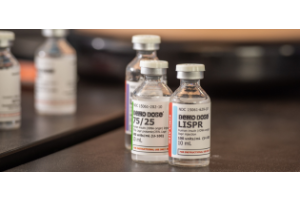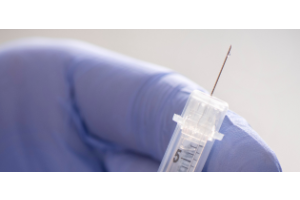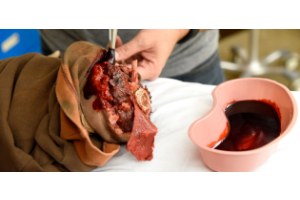Instruments & Surgical
-
- May 18, 2025 13
What gauges of needles are used for different medical procedures?
Needle gauges vary depending on the medical procedure and the type of fluid being injected or withdrawn. The gauge refers to the diameter of the needle — the higher the gauge, the thinner the needle. Here's a general guide to common needle gauges and their uses:








Validate your login
Log In
Create New Account